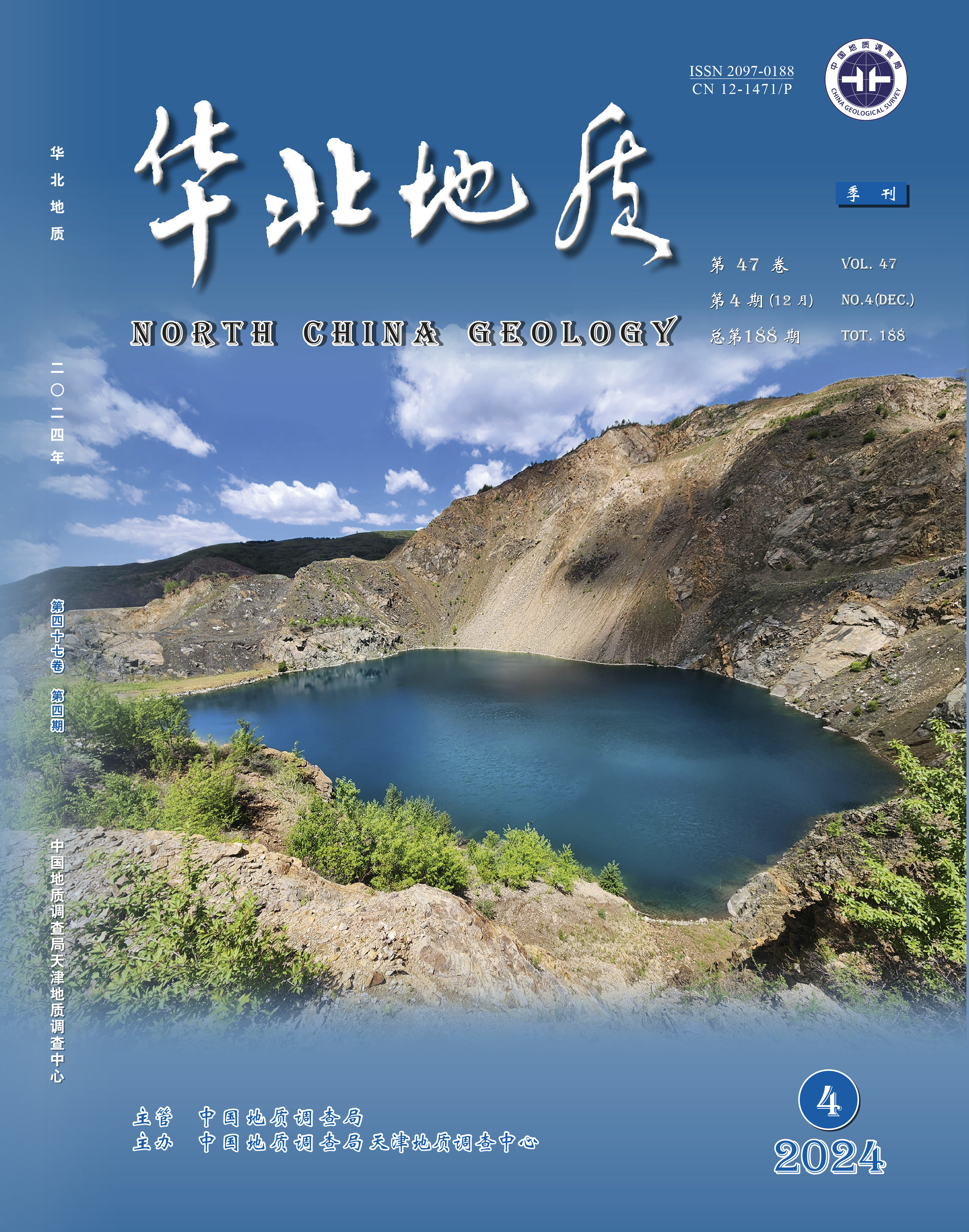The 60th Anniversary Special Issue
LI Jun-jian, DANG Zhi-cai, PENG Yi, ZHANG Tong, SONG Li-jun, NI Zhen-ping, Guo Guo-hai
North China is located at the intersection of the three major tectonic systems of Paleoasian, Tethys and circum Pacific. It has a long history of geological evolution, frequent magmatic activities, superior metallogenic geological conditions and rich mineral resources. 1085 iron deposits have been discovered in Hebei, Henan, Shandong, Shanxi Province, midwestern Inner Mongolia,Beijing and Tianjin, forming Jidong, Baotou, Laiwu, Wutai-Lanxian ,Xuchang-Wuyang, Handan-Xingtai and other important state-level iron ore resource bases. There are nine types of iron deposits, i.e., metamorphic type (sedimentary metamorphism type) , magmatic type, contact metasomatism type (skarn type) , marine volcanic type, continental volcanic type, magmatic hydrothermal type, chemical sedimentary type, mechanical sedimentary type and meso-low temperature hydrothermal type.The main types are metamorphic type, marine volcanic type, magmatic type and contact metasomatism type.The formation age of iron deposits in north China is from Archean to Mesozoic, in which the lean iron deposits are mainly Archaean and Proterozoic, and the rich iron deposits are mainly Mesozoic.The iron deposits in north China are divided into 11 metallogenic series related to Metamorphism, magmatism, sedimentation and unidentified fluid processes.Based on the classification of metallogenic series, the metallogenic spectrum of iron deposits is established.On the basis of the evaluation of mineral resources potential, 76 important iron prospecting areas can be divided in North China, which shows good prospecting potential. Especially, the contact metasomatic rich iron ore belt delineated in Laiwu-Yucheng, Handan-Xingtai, Anyang-Linzhou and Gujiao-Pingshun area will be the best area for rich iron ore prospecting in north China.

